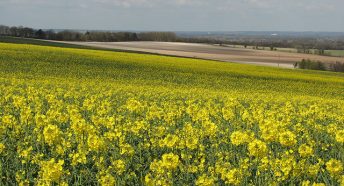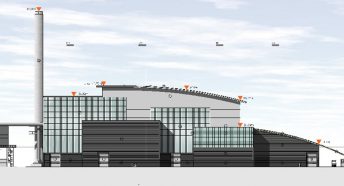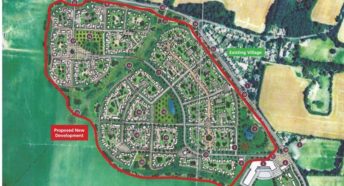CPRE branch chairman argues against AgriTech park at inquiry
Loss of open countryside and harm to the Green Belt: two reasons why permission for an AgriTech park should be refused, according Alan James, chairman of CPRE Cambridgeshire and Peterborough.
Alan spoke at a public inquiry being held over the proposed development, which would be located near Hinxton in South Cambridgeshire. In March 2018, the planning committee for South Cambridgeshire District Council unanimously turned down the planning application. The current inquiry has been called by the James Brokenshire, Secretary of State for Housing, Communities and Local Government, after the developer, SmithsonHill, appealed the district council’s decision.
Planning permission sought
SmithsonHill is seeking permission to build an AgriTech technology park with up to 112,000 square metres of floor space and with a projected capacity of 4,000 employees. The site is located near Hinxton on land east of the A1301 and south of the A505. In January 2018, our branch objected to the original planning application (S/4099/17/OL), citing, among other reasons, loss of rural landscape and the need for a business case.
Speculative development
Alan, speaking on behalf of CPRE Cambridgeshire and Peterborough, told the inquiry that he believes the proposal represents speculative development. He noted that Smithson Hill’s application for the AgriTech park cites 13 institutions connected with agriculture and technology. However, at the time of the original application, only three organisations provided letters of support for the AgriTech park, he argued. Since the inquiry was announced, more organisations have come forward but none has indicated why they must be located in this far south-east corner of the county adjacent to the Cambridge Green Belt. At least two other clusters which could accommodate them already exist or are are being built.
Other reasons cited by Alan include:
- Loss of arable land
- Loss of habitat, especially for overwintering birds
- Light pollution
- The potential for increased flooding downstream of the site
What happens next
The public inquiry ends on 6 July 2019. The inspector appointed for the inquiry will then make a recommendation to the secretary of state as to whether planning permission should be granted (with or without conditions) or refused. The secretary of state will make a decision taking into account the inspector’s recommendation. A decision date has not yet been set, according to the website for government’s planning inspectorate.






